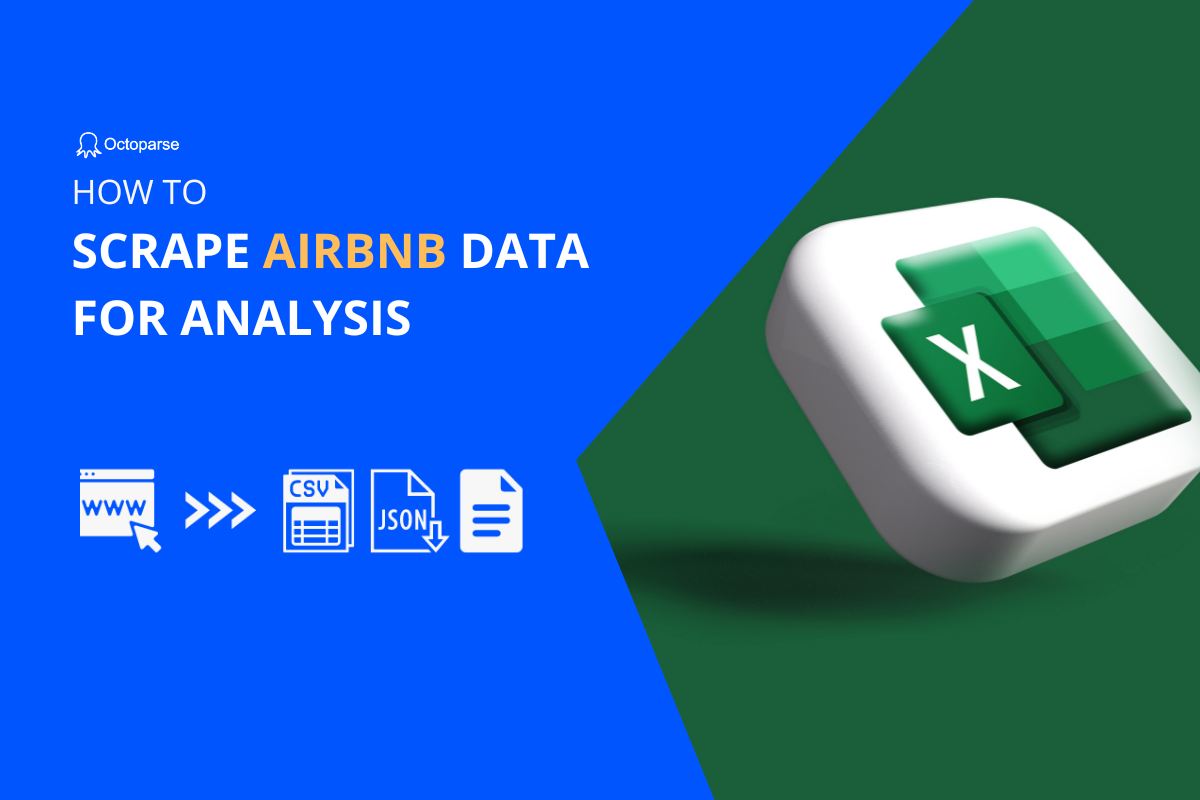Button Line Up Front:
Email extractor saves hours compared to manual copying.
Use Octoparse for no-code bulk extraction, Python for custom scripts, or manual methods for small projects under 50 contacts.
If you’ve ever spent six hours copying contact details only to end up with 23 emails, you know how painful manual prospecting can be. That’s exactly where I was before switching to smarter workflows.
Today, extracting emails isn’t about guessing with site:domain.com “@gmail.com”. Those tricks rarely work anymore. Instead, here’s what works right now, in 2025 — from scrappy free methods to automation workflows that actually scale.
In this guide, I’ll show you exactly how to extract emails from websites using both simple and advanced methods.
Free Manual Methods to Find Emails in 2025
Not every project needs paid tools or automation. If you’re just starting out, here are some reliable free methods that still work today:
1. Google Search Operators
Use “Google dorking” to uncover emails hidden in search results.
Queries like site:company.com “@company.com” or “CEO” + “@company.com” often reveal direct contacts.
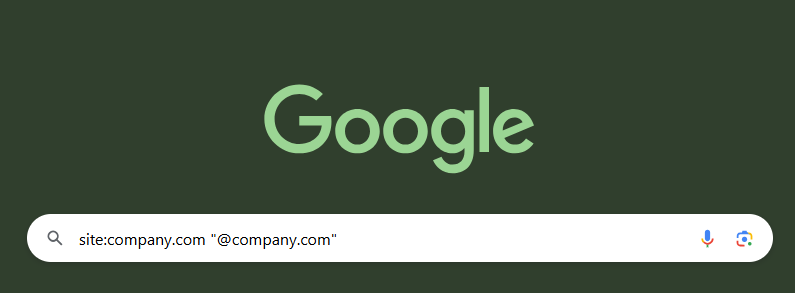
2. Email Pattern Guessing
Most companies follow predictable formats (e.g., firstname.lastname@domain.com). By checking a few public emails, you can guess the rest. A quick spreadsheet of variations helps confirm likely addresses.
3. Social Profiles & Newsletters
LinkedIn bios, Twitter handles, and company newsletters often share contact emails that aren’t on the main site. Subscribing to newsletters can even give you a direct sender email to reply to.
4. Page Source & Copy-Paste Extractors
Right-click → View Page Source → search for “@”. You’ll often find backup emails hidden in HTML or form code. To save time, paste the text into a free extractor tool (like Email-Checker or ConvertCSV) to pull out all addresses at once.
These manual approaches take more effort than premium tools, but for targeted outreach or one-off projects, they’re still surprisingly effective.
Email Extractor VS Buying Email Lists
Buying email lists seems easier, but I’ve learned it’s usually a mistake.
When you extract directly from websites, you get current information, but bought lists often contain outdated emails that bounce. On the other hand, an email extractor can offers you a better targeting, since you can choose exactly which websites and industries to target, while bought lists are usually generic and poorly matched to your needs.
What is an Email Extractor?
An email extractor or email address extractor is a tool that automatically gathers email addresses, often in bulk; it can save you hours of manual work.
How to Extract Emails Using Automated Tools
Method #1. Use a Web Scraping Tool Like Octoparse
Octoparse is a powerful yet simple-to-use web scraping tool that requires no coding. It can extract bulk email addresses and other contact details from many websites, including directories like Yellow Pages.
There are different types of preset templates to scrape contact info quickly from popular directory websites.
For example, Octoparse Email Extractor can scrape emails, phone numbers, and addresses and exports them to Excel or CSV files.
https://www.octoparse.com/template/contact-details-scraper
You just need to input some search keywords or locations (fill in the required parameters), click a run button, and then wait for the data to be collected. The scraped data can easily be downloaded to an Excel or CSV file, or even directly to your databases. It is not a problem to scrape data by using Octoparse pre-defined templates.
Here is how I use it to pull the email address from websites:
Step 1. Sign up for a free account
Step 2. Enter the URL of the website or page you want to scrape.
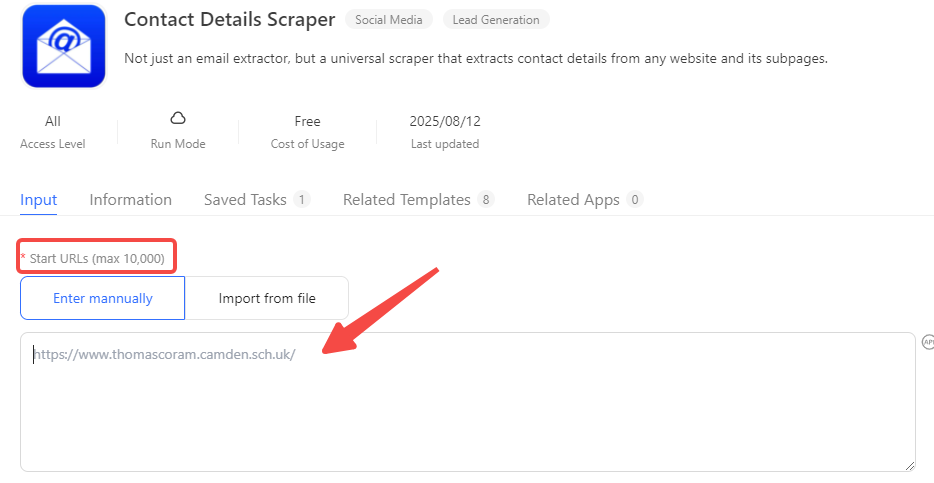
Paste in the URL(s) where you want to collect emails. You can add one domain or import a list of sites from a file.
Step 3. Adjust crawl settings (optional)

- Max link depth: how many clicks away from the main page the scraper should explore (default = 0, good for small sites).
- Max pages per URL: by default it checks up to 10 pages, but you can increase if the site has lots of content.
- Stay within domain: set this to “yes” to avoid pulling data from external links
Step 4. Run the scraper locally or in the cloud. What I love about this tool is that I can even schedule scraping tasks with this extractor.
Step 5. Choose Cloud Scraping Mode
Step 6. Export your results
Once the scraper finishes, download the results in Excel/CSV. You’ll see extracted emails, phone numbers, and sometimes social media links — all in one sheet.
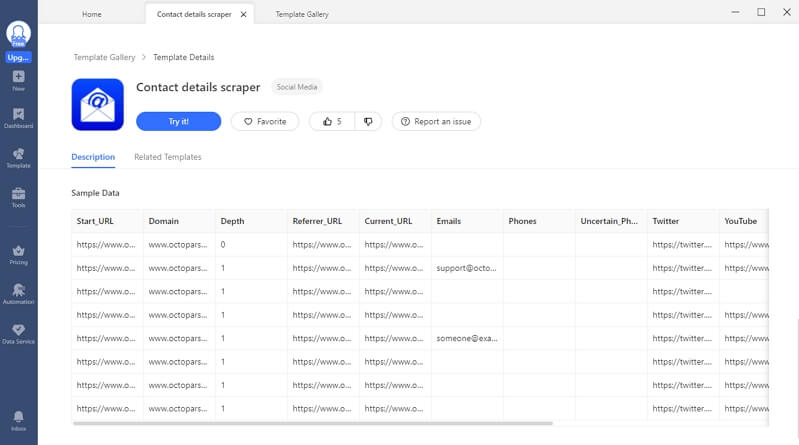
This saved me hours of manual searching. I dropped in a list of startup websites, let Octoparse run in the background, and came back to a clean CSV of verified contact details. For anyone starting outreach, it’s a big productivity boost.
You can also explore more easy-to-use email scraping tools like Octoparse for lead generation.
Method #2. Build Your Own Email Scraper Using Python
Step 1: Install Python (if you don’t have it)
- Windows: Download from python.org → Run installer → Check “Add to PATH”
- Mac: Install via Homebrew: brew install python3
- Verify installation: Open terminal/command prompt, type python –version
Step 2: Install required packages
Open terminal and run:
If you get permission errors, try:
Step 3: Extract emails from text
Create a file called extract_emails.py:
Step 4: Extract from websites (add this to your file):
In case you run into these issues:
- “Module not found”: Reinstall packages with pip install –force-reinstall requests beautifulsoup4
- Website blocks requests: Add headers: requests.get(url, headers={‘User-Agent’: ‘Mozilla/5.0’})
- SSL errors: Add verify=False to requests (not recommended for production)
- No emails found: Check if the website loads properly in your browser first.
Also, Requests, Selenium, and Beautiful Soup are a few of the many free Python programs available for web scraping, crawling, and parsing.
If you wish, look into a few of them and see which one best suits your needs. You can also easily find many ready-to-use scripts that scrape email addresses in python from Github.
Method #3. Use Email Extractor (Chrome Extension)
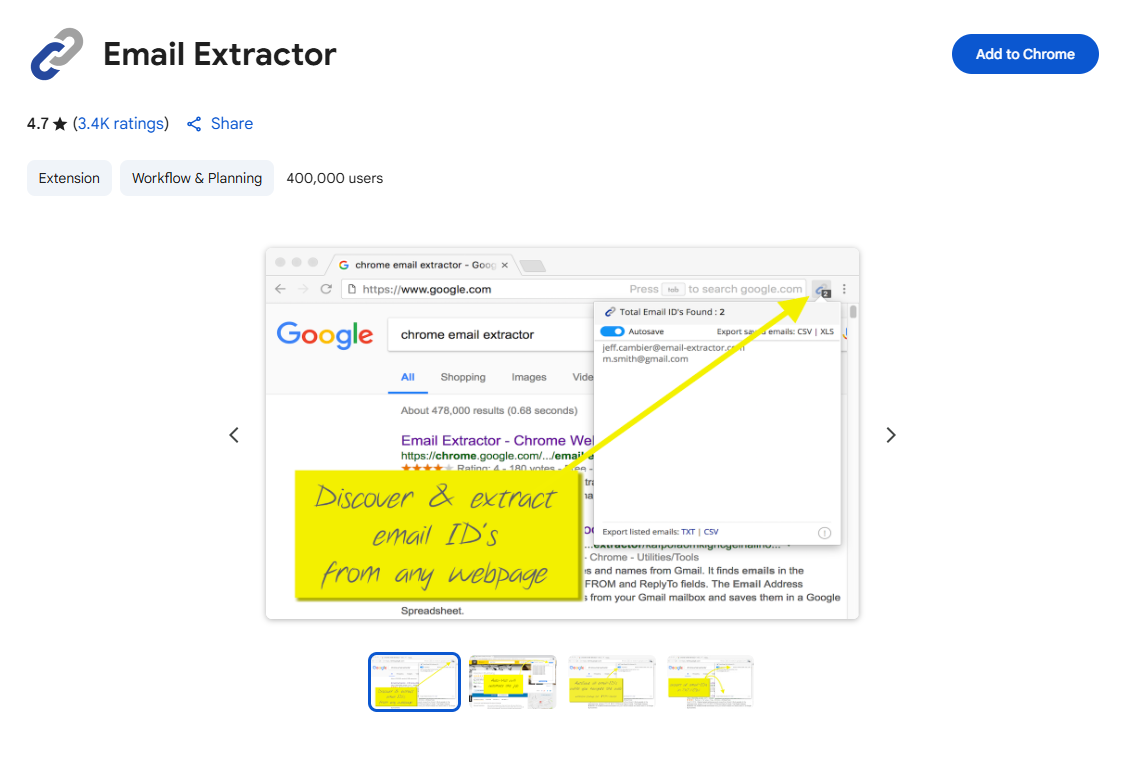
This extension can extract emails quickly and lets you export your contact list to CSV or copy selected emails. It can even gather emails linked to domains.
What I love about this extension is that it can find all email accounts associated with a given domain name.
For instance, let’s say I want to find out who works at Email Hunter, I can use the tool to look for any email address that ends in hunter.io or emailhunter.io. This can be done for any website.
Well, these are three methods I tested to efficiently get the email address I want for regular websites. But, there could be other websites that might need a different approach.
What About Youtube & Linkedin?
How to Extract Emails from YouTube
YouTube channels often include business contact emails in their “About” section.
Manual process: Navigate to channel → About tab → “View email address” → Complete CAPTCHA.
For bulk extraction, tools like IGLeads and Prosperity automate this by processing channel URLs and scraping publicly available contact information from channel descriptions.
If you already have an Octoparse account, or you want to try its free trail, you can actually build your own Youtube scraper without coding to pull the information you want.
LinkedIn Email Extraction
LinkedIn restricts automated scraping through rate limiting and bot detection.
Compliant extraction requires tools like Kaspr or GetProspect that respect LinkedIn’s API limits and focus on publicly visible profile information.
Please note that you should never attempt to scrape private LinkedIn data or exceed platform-imposed viewing limits.
How to Legally Scrape Emails
When I started extracting emails for European clients, I quickly realized I was walking into a legal minefield. After spending two weeks researching GDPR requirements and consulting with our legal team, I developed this compliance checklist that’s kept me out of trouble across dozens of extraction projects.
My GDPR Research Process:
- Read the actual regulation: GDPR Article 6 defines lawful bases for processing personal data
- Consulted privacy lawyers: Cost me $800 but saved thousands in potential fines
- Studied enforcement cases: ICO (UK) and CNIL (France) publish penalty decisions that show what actually gets companies in trouble
- Tested with EU clients: Ran compliance processes with German and French customers to validate approach
Here’s a checklist to help you stay on the right side of the law while still getting results:
| 1 | Validate you’re using legitimate interest (document it) |
| 2 | Extract only public business emails, not personal ones |
| 3 | Check robots.txt and ToS before scraping |
| 4 | Enable transparency and opt-outs in outreach |
| 5 | Log and store all relevant extraction decisions for audits |
This checklist has worked across 15+ countries and multiple client industries.
When in doubt, stick to publicly available business contact information and always err on the side of caution. Feel free to check out our guide “Is Web Scraping Legal” for more detail.
Conclusion
Using an email extractor is a fast and reliable way to build a qualified contact list for your sales and marketing efforts. Instead of hunting through pages yourself, you get a ready-to-use contact list in minutes.
This means you can focus more on crafting your sales or marketing strategy, rather than spending hours collecting leads one by one. Plus, targeted contact lists help improve your campaign’s performance and increase engagement rates.
I highly recommend you use a powerful web scraping tool like Octoparse.
Of course, you can also write your own Python script, or install a handy Chrome extension. They are all valid ways that quickly extract email addresses in bulk from websites or local files.
But it’s not just about gathering tons of emails. The real value comes from how you use them.
Pair your bulk email lists with smart email marketing tools and personalized message content to turn those leads into loyal customers.
As search engines evolve, clean and relevant contact data will remain invaluable for outreach and growth. Keep your email lists updated, use ethical scraping methods, and always respect privacy regulations to ensure long-term success.


